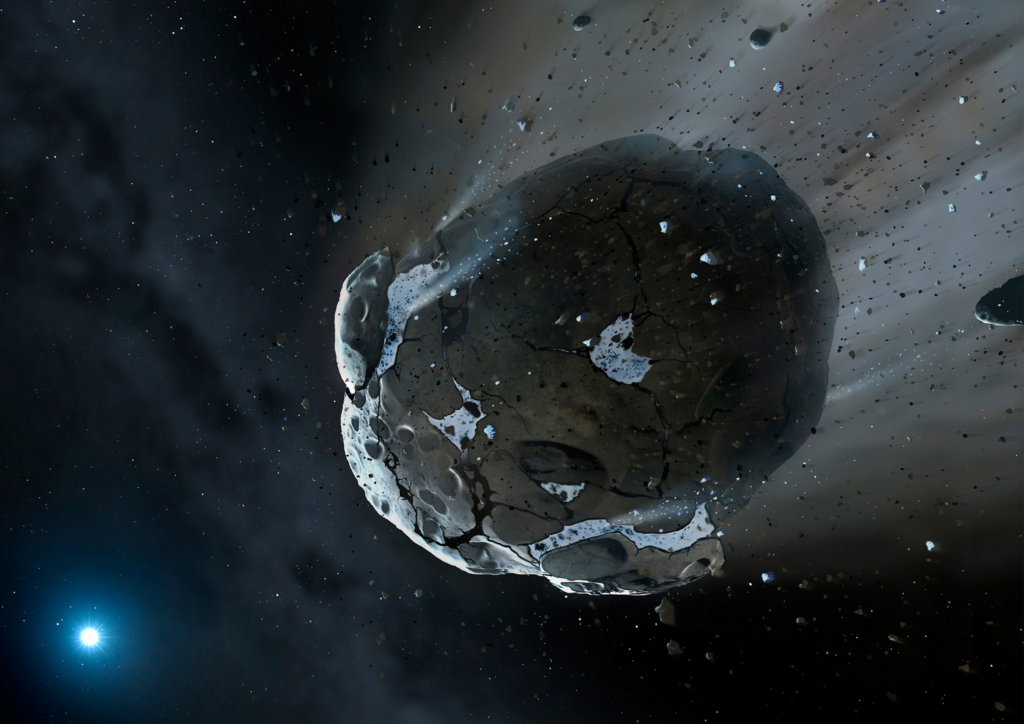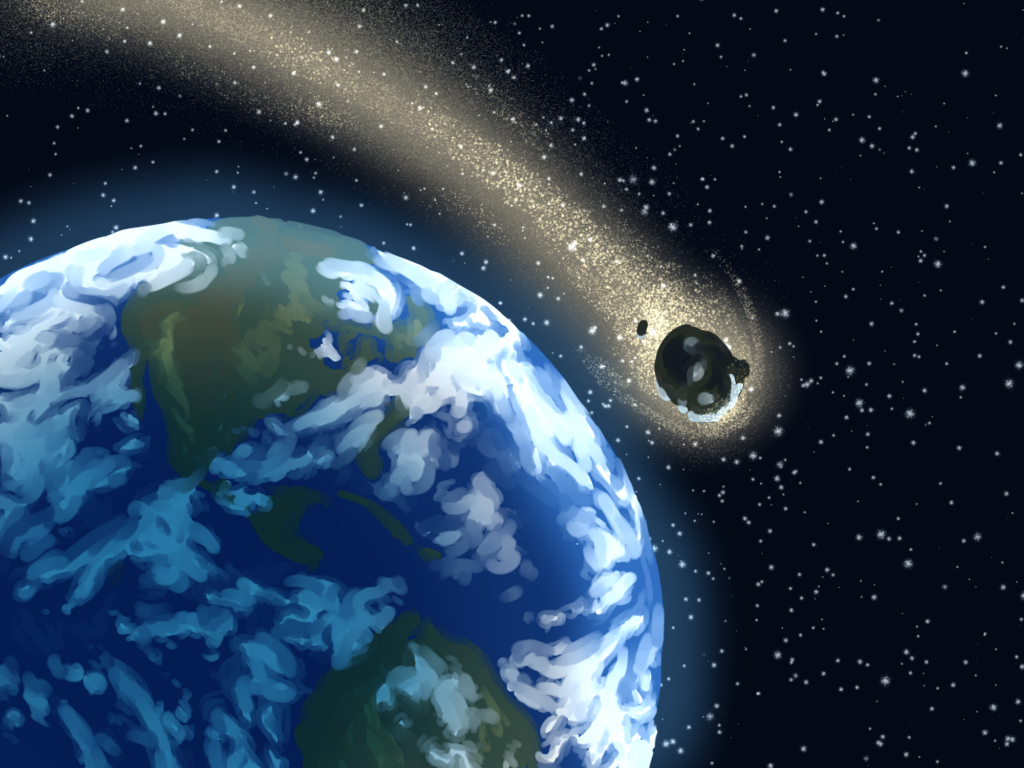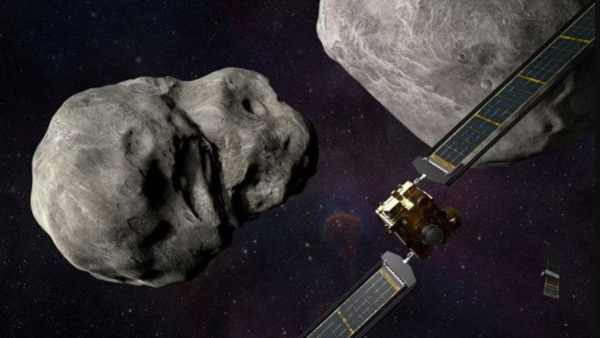NASA researchers have identified asteroidal Phaethon 3200, a peculiar space object that was previously believed to be a comet.
The asteroid appears and behaves like a comet, and scientists believed its developing tail was composed of dust. However, new research published in the journal Planetary Science reveals that the tail is composed of sodium vapor.
Qicheng Zang, the study’s lead author, analyzed Phaethon’s tail using the Solar and Heliospheric Observatory spacecraft.
Nasa maintained that asteroids composed of rock do not typically form tails as they approach the sun, whereas comets composed of rock and ice typically do.

“Many of those other sun-skirting ‘comets’ may not be ‘comets’ in the usual, icy body sense, but rather rocky asteroids like Phaethon that have been heated by the sun,” said Zhang, who is also a PhD student at the California Institute of Technology.
Annually, Phaethon also causes the Geminid meteor shower, but most meteor showers are caused by comets. It was comprehensible that scientists believed Phaethon’s tail was composed of dust, given that the tail’s burning debris caused meteor showers.
After this discovery, scientists are attempting to comprehend why Soudium has a tail and Phaethon is responsible for the annual Geminid meteor shower.

There may have been a disruptive event a few thousand years ago that caused Phaethon to expel the material comprising the Geminid debris stream, according to Zhang’s team.
By the end of this decade, researchers may have a better understanding of this phenomenon.
The upcoming DESTINY+ mission of the Japan Aerospace Exploration Agency is likely to fly past Phaethon, acquiring detailed images of its rocky surface to aid in the study of any dust that may exist around the asteroid.
Phaethon was also observed by NASA in 2017 when it drew close to Earth and was deemed “potentially hazardous” by the Minor Planet Center of the International Astronomical Union.

